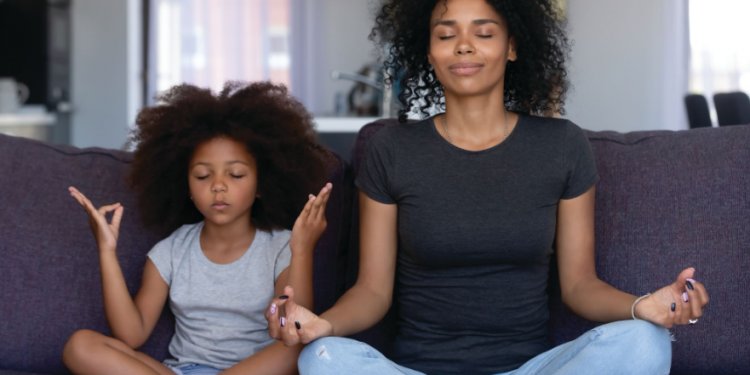by Michael Hennes, DC, DACNB,
Where am I? This seems like a simple question. In fact, if you’re reading this you probably know exactly where you are, or at least you think you do. You may know the place you’re in but your brain may not know where you are in that place. Deep. I’m talking about proprioception, sometimes known as the sixth sense. Proprioception, or kinesthesia, is our ability to tell where our body moves, how much force it exerts, or where our limbs rest.
This “sixth sense” is a big deal, especially when we start talking about some of the more common symptoms associated with concussions and brain injuries: headache, neck pain, blurry vision, tight muscles, and brain fog. You see, our brain NEEDS to know where our body is in relation to the things around us in order to keep us upright, oriented, and safe. If our brain ever loses track of where we are then we’ll start to run into things, or knock things over.
Outwardly that makes sense. Think about a happy puppy dog with their tail whipping back and forth at the speed of sound without a care in the world. Glass of water on the table? It’s on the floor now! What about our body movements we don’t often think about like our posture, our eye movements, or our resting muscle tone? These things aren’t as exciting but they are equally, if not more, important to our daily lives.
As I said earlier some of the most common complaints I see in my practice are a result of our bodies losing track of how to relate to the space around us. When the sensory information from our muscles and joints doesn’t match the information coming from our eyes and other parts of our nervous system, our brain gets confused. Oftentimes its best action is to tighten our muscles, change our posture, or change how fast our eyes move. All of these things result in things we call symptoms.
Knowing what the problem is and even why it happens is great, but now what can we do about it? One of the superpowers your brain has is its ability to learn. Sometimes we learn new things and sometimes we relearn old skills. Our brain learns by taking in information from our body. When our brain no longer knows where our body is in the world we need to retrain it.
How we do this varies on the exact symptoms and their causes, but here are a few things you can do at home.
Meditation
Meditation and mindfulness provide a plethora of positive effects on the brain. One of those effects is the stimulation of connections between the different parts of the brain. In fact, mindfulness makes changes in the brain visible on MRI in as little as eight weeks. It includes the added benefits of promoting oxygen delivery to the brain and body and stimulating the vagus nerve, which is very important in any brain rehabilitation program.
Yoga
I love yoga for a variety of reasons. It’s the perfect exercise when it comes to knowing where your body rests. Yoga combines controlled physical movement, stability, breathing mechanics, and meditation, making it the easiest way to start reprogramming your brain’s connection to your body. By adding in a point of focus just beyond our reach we can also incorporate our visual focus. This is a great way to work on some of the pesky visual symptoms we mentioned above.
Sleep
Sleep seems taken for granted in today’s society. If we’ve slept at all, we often assume we’ll be fine when in reality the eight hours of sleep recommendation is just the beginning of good health. Our brains do many, MANY, things while we sleep. In the case of reconnecting our brains to our bodies, we need to sleep so our brain can learn. When it comes to learning something new our brain has two processes, plasticity and stability. Plasticity actively makes new connections, like the ones we make while meditating and doing yoga. Stability strengthens our brain’s meaningful connections and removes the frivolous ones. If we have too much stability we can’t learn, if we have too much plasticity we struggle to learn more – or in this case heal. Sleep promotes a perfect balance between stability and plasticity, making it one of the most important parts of any type of healing process.
Knowing where your body is in the world around you is something we often take for granted until the system breaks down. Fortunately, our body and brain is wonderfully resilient and can be taught how to work together again using some simple-to-do but hard-to-master strategies you can employ in the comfort of your own home.
Michael Hennes, DC, DACNB is a chiropractic functional neurologist at Northwestern HealthSciences University’s Sweere Clinic. He specializes in concussions, brain injuries, dizziness/vertigo, post-auto whiplash, stroke, neck/face pain, visuo-vestibular dysfunction, headaches, migraines, and sports performance.











